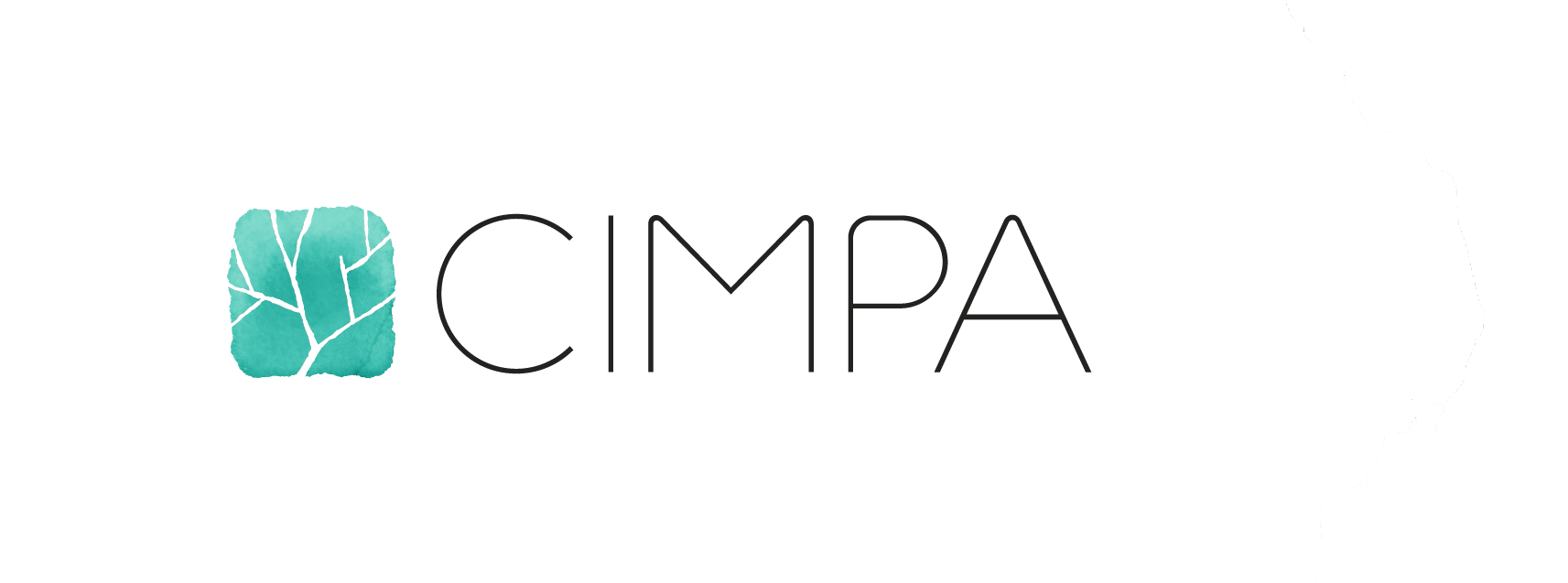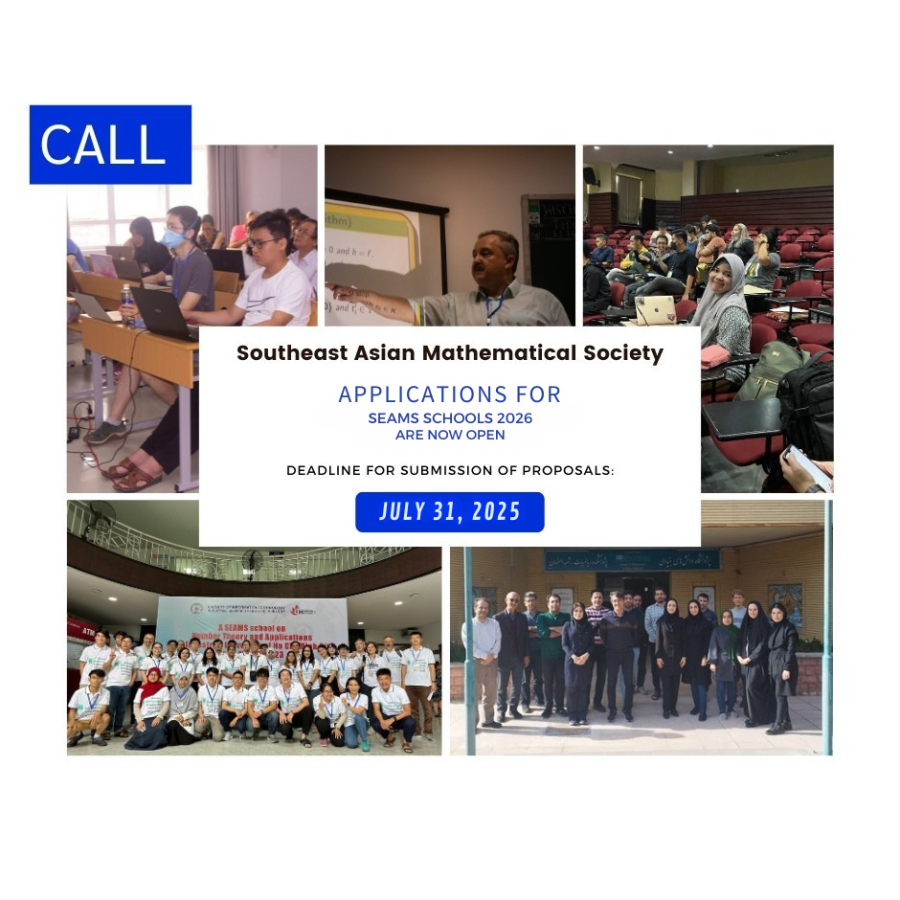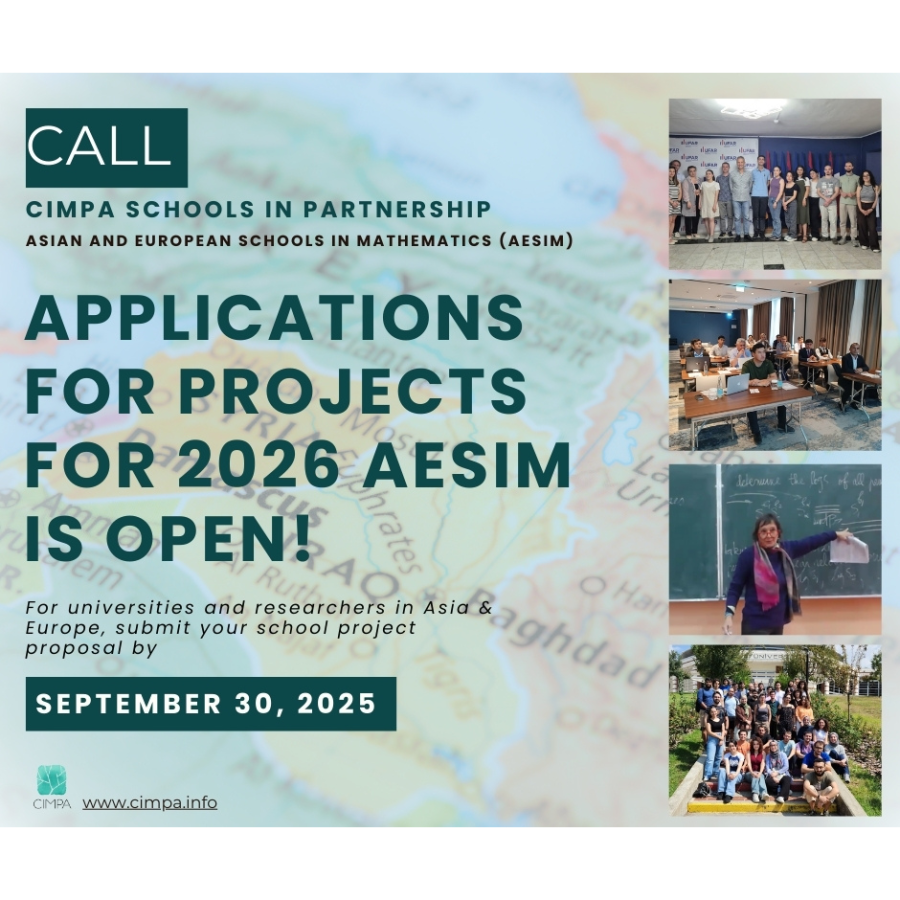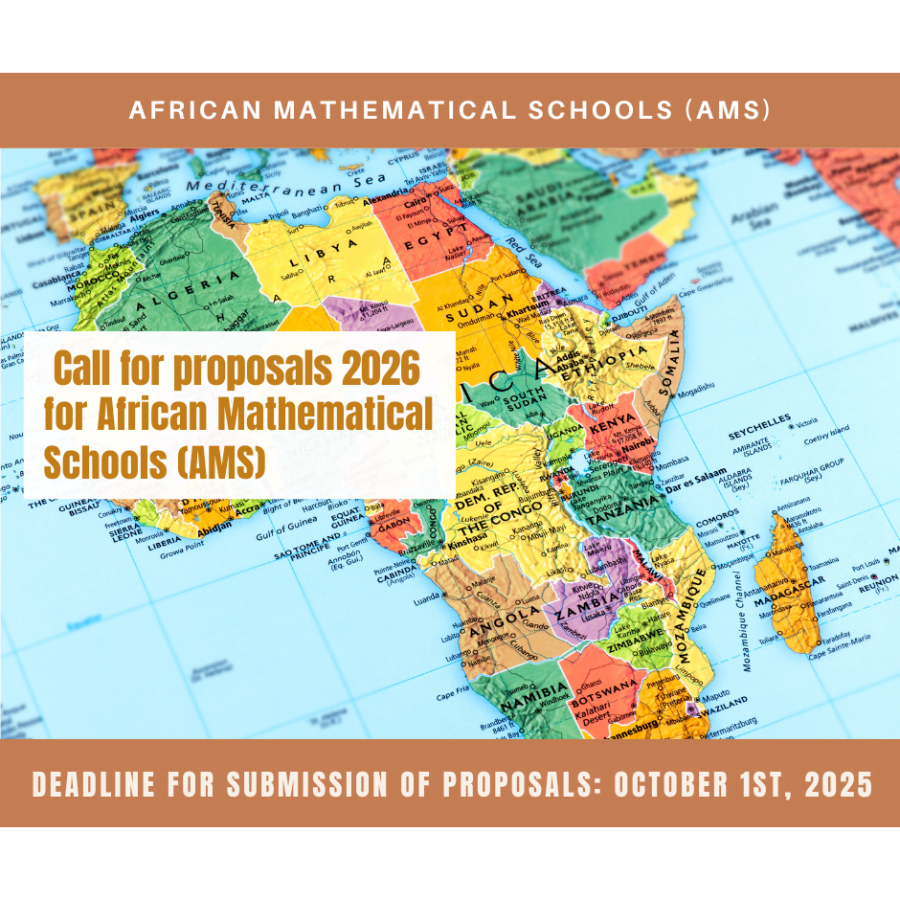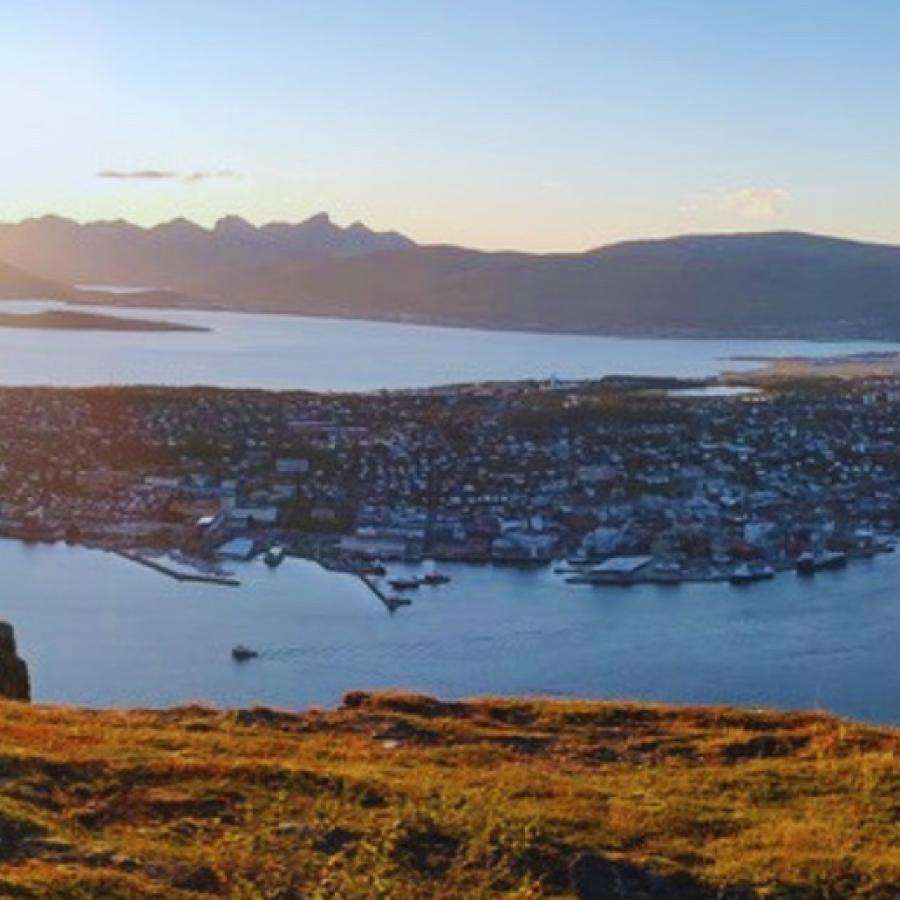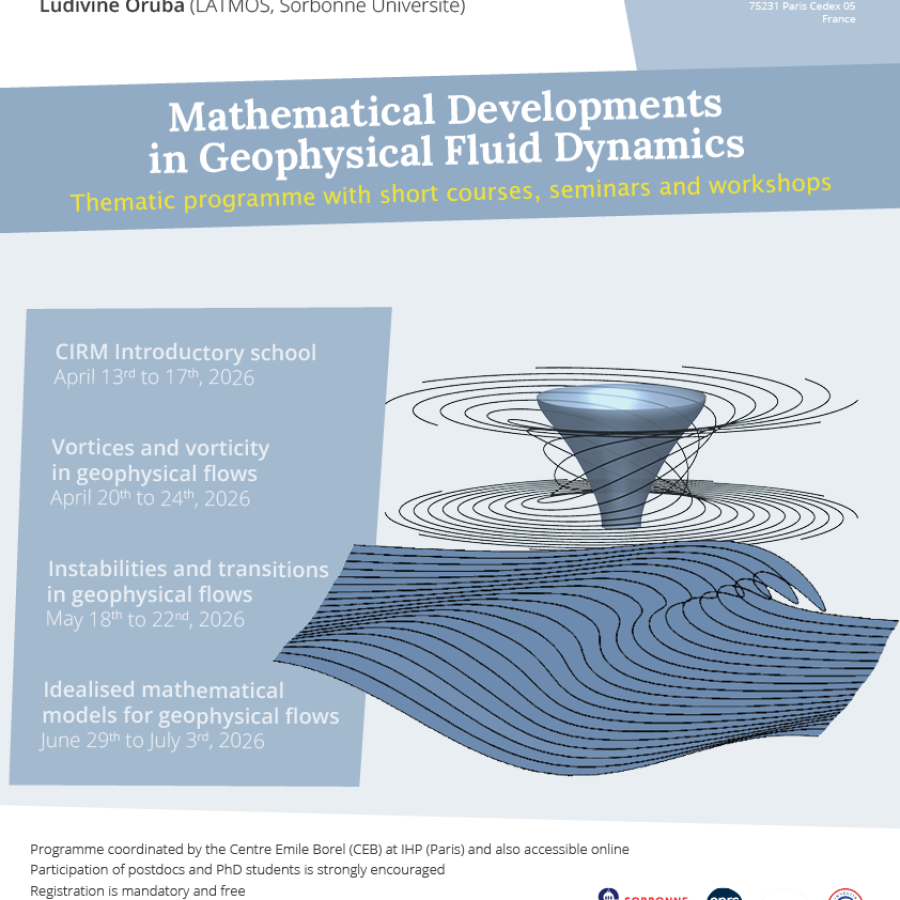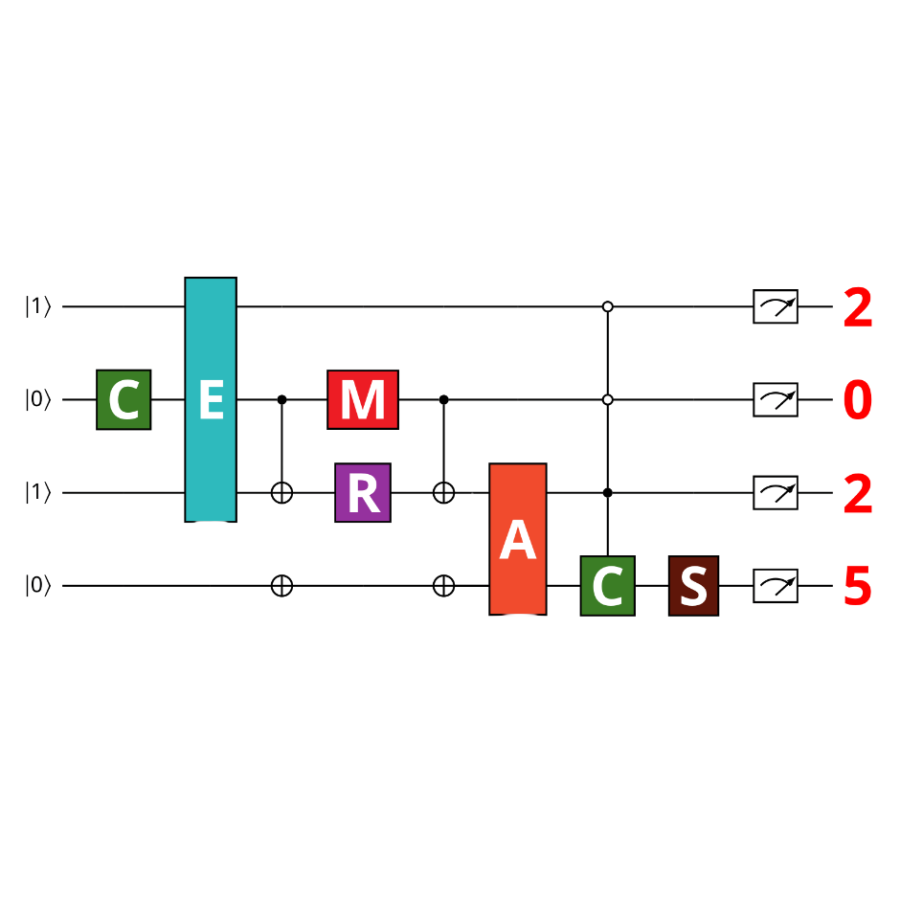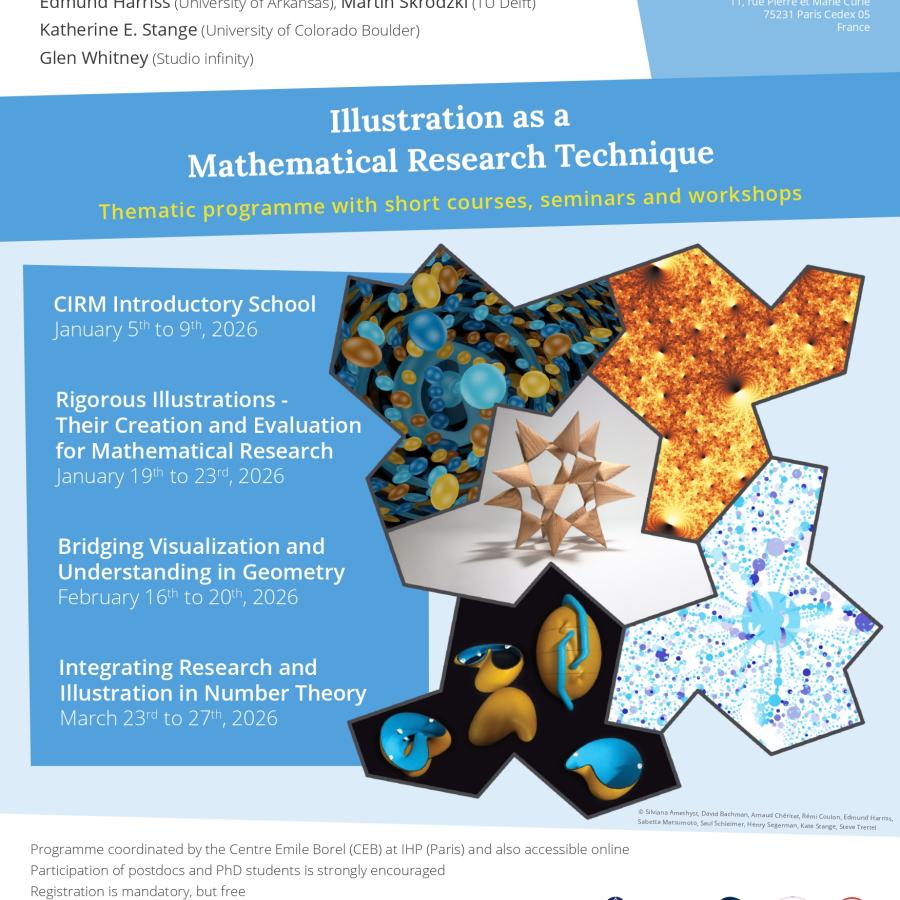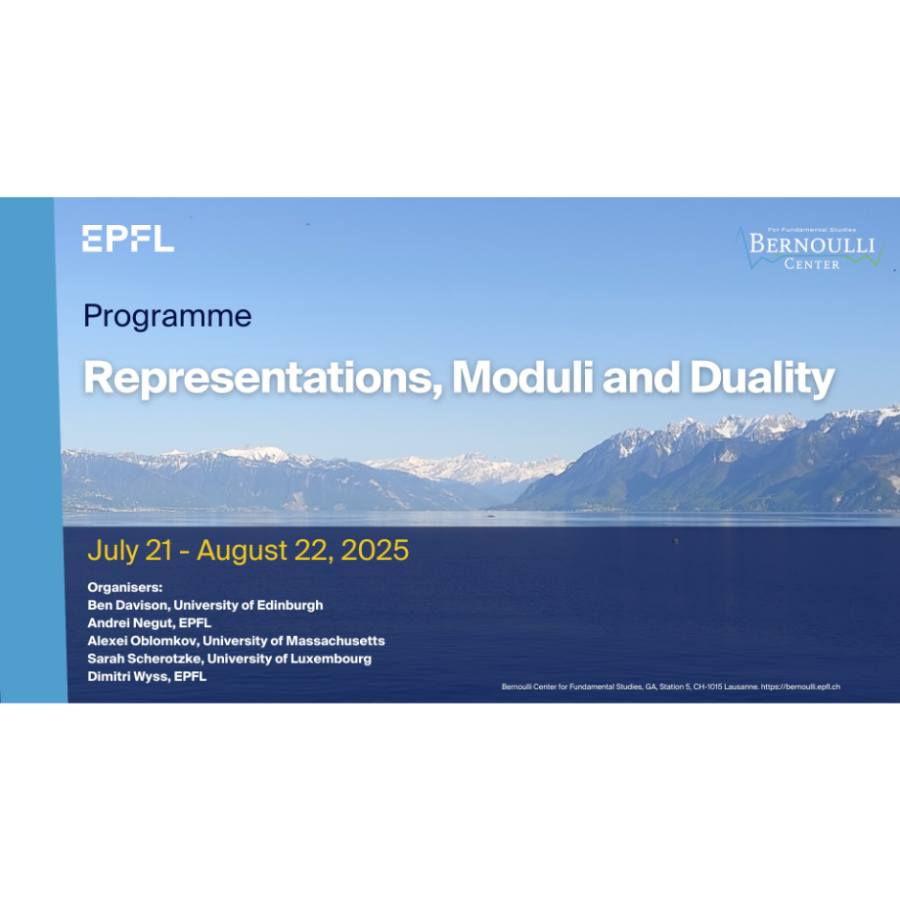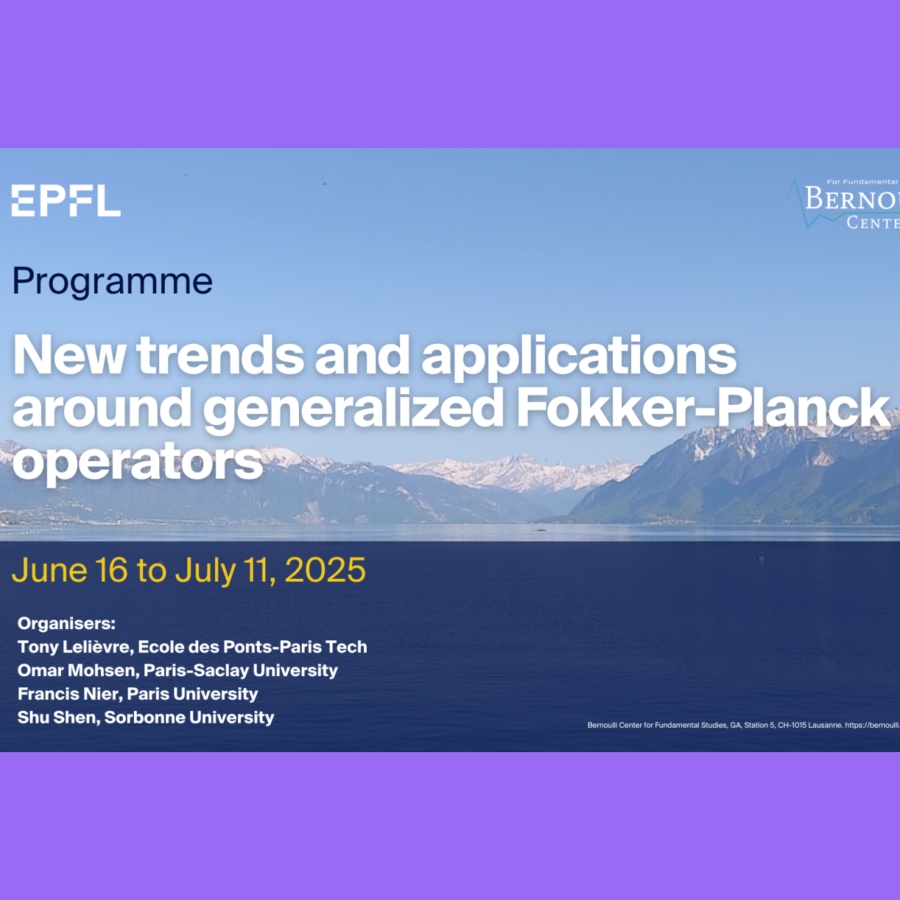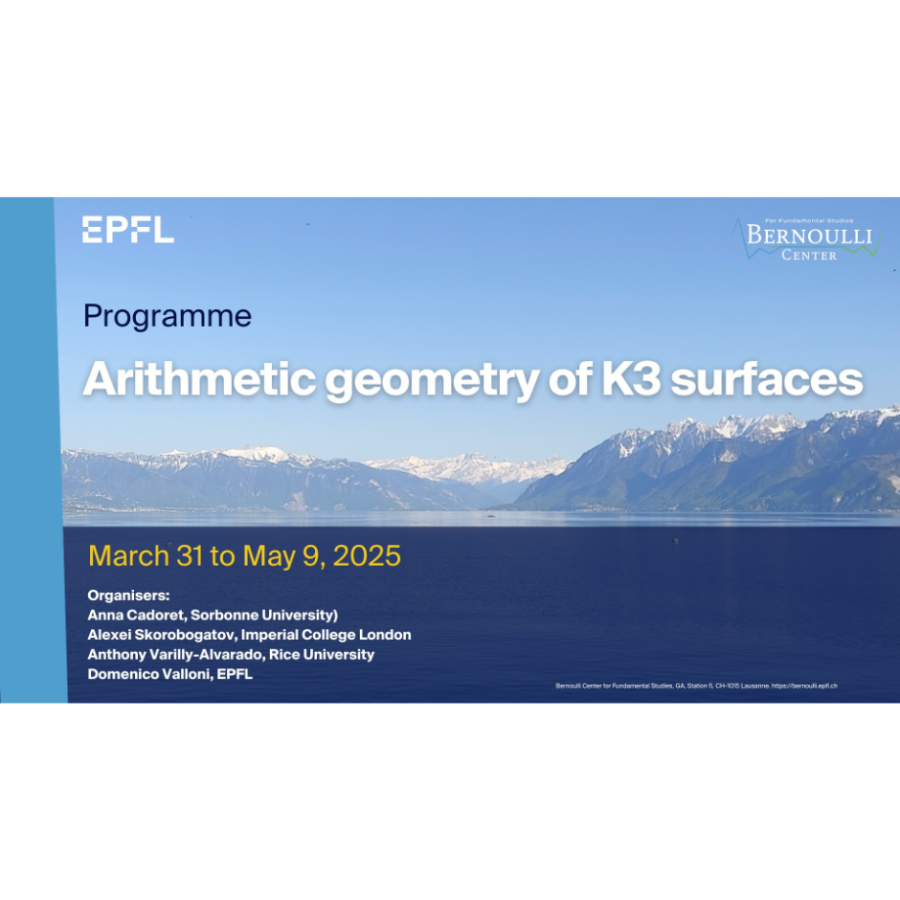The call to organize school with the "South East Asian Mathematical Society" in 2026 is open till July 31, 2025. All information are available here.
Call to organize an AESIM school
The call to organize "Asian and European Schools in Mathematics" in 2026 is open till September 30, 2025. All information are available here.
Call for organizing African Mathematics Schools
The call to organize a African Mathematics School is open till October 1st. All the information are available here.
Call for applications for the Lie-Størmer-CIMPA fellowship programme
This course provides an introduction to the fundamental mathematical concepts underlying modern data processing, coding theory, and cryptography. Emphasizing both theoretical understanding and practical relevance, students will explore key ideas from number theory, algebra, and discrete mathematics as they apply to data representation, error-correcting codes, and secure communication. The course is designed to equip students with a solid mathematical foundation for further study or applications in data science, computer science, and information security.
Mathematical Developments in Geophysical Fluid Dynamics
Geophysical Fluid Dynamics covers a wide range of applications in atmospheric and oceanic sciences with direct connections to the challenges of climate change. Historically studied by physicists and applied mathematicians, rotating fluids have been the subject of many recent results involving the analysis of PDEs. However, exchanges between these communities remain relatively rare and isolated.
Quantum Computing
CEMRACS is a 6-week international summer school organized almost every summer since 1996 at CIRM (Centre International de Rencontres Mathématiques) on the Luminy campus near Marseille famous calanques. In 2025, the event will be dedicated to Quantum Computing with a special emphasis on two scientific domains deeply impacted by quantum computers with important social repercussions : scientific computing and cryptography.
Illustration as a Mathematical Research Technique
Mathematical understanding is built in many ways. Among these, illustration has been a companion and tool to research for as long as research has taken place. We use the term illustration to encompass any of the many ways one might bring a mathematical idea into physical form or experience, including computer visualization, 3D printing, and virtual reality, among others. With modern tools, illustration can even make mathematics an experimental science, so that computational results can drive the cycle of problem, conjecture, and proof.
Representations, Moduli and Duality
The notion of duality in physics has a rich history, going back at least as far as the observation that Maxwell’s theory of elctromagnetism is symmetric after swapping electric and magnetic fields. More generally, dualities in physics can provide a way of relating two seemingly very different physical theories via a nontrivial duality transformation. For instance, S-duality in physics provides a way to swap strongly coupled physical theories for weakly coupled ones [MO77], for which we may use perturbative methods to exactly solve the equations governing the system.
New trends and applications around generalized Fokker-Planck operators
New trends and applications around generalized Fokker-Planck operators This 4-weeks scientific program will be oriented around four related topics: 1. Witten and Bismut deformations of Hodge theory on Riemannian manifolds; 2. Persistent homology and Witten Laplacians; 3. Hypoellipticity and polynomes of vector fields; 4. Applications to molecular dynamics algorithms.
Arithmetic geometry of K3 surfaces
The aim of this programme is to break new ground in the arithmetic theory of K3 surfaces and closely related varieties (e.g., Enriques and elliptic surfaces; hyper-Kähler varieties), capitalising on a web of recent advances and conjectural frameworks. Progress on the arithmetic of K3 surfaces will likely have important consequences for more general questions about Shimura varieties, abelian and hyper-Kähler varieties, their rational and algebraic points. The programme consists of 5 weeks of research collaborations (working groups, research seminars) capped off by a one week workshop.

